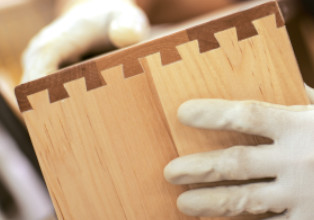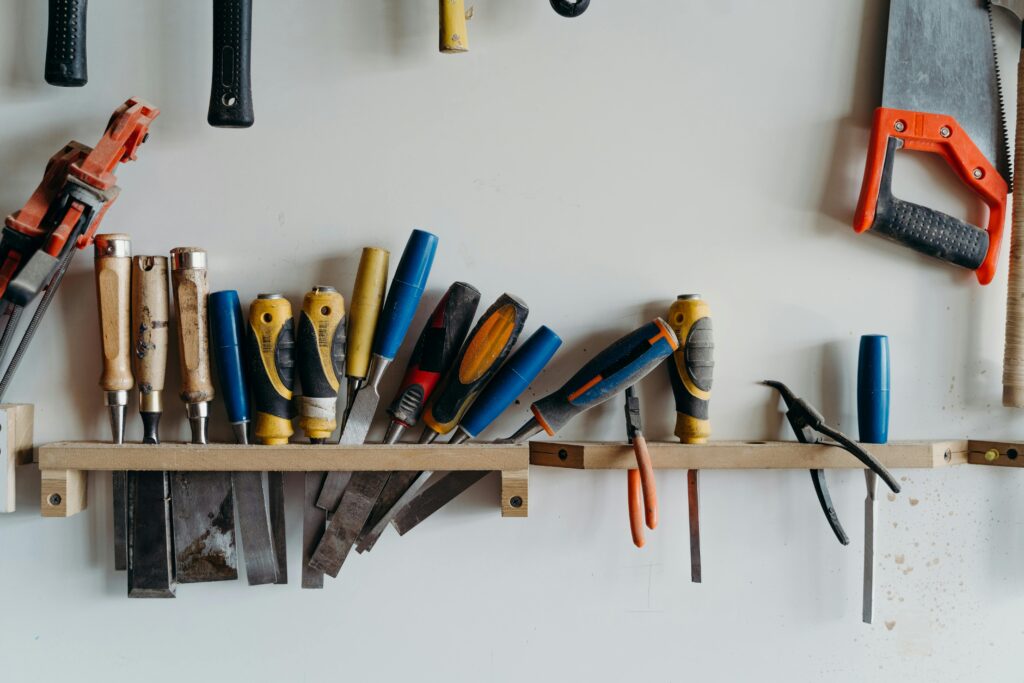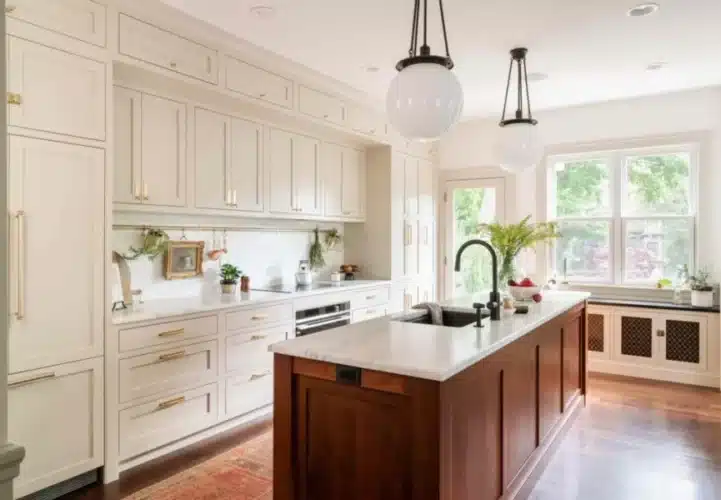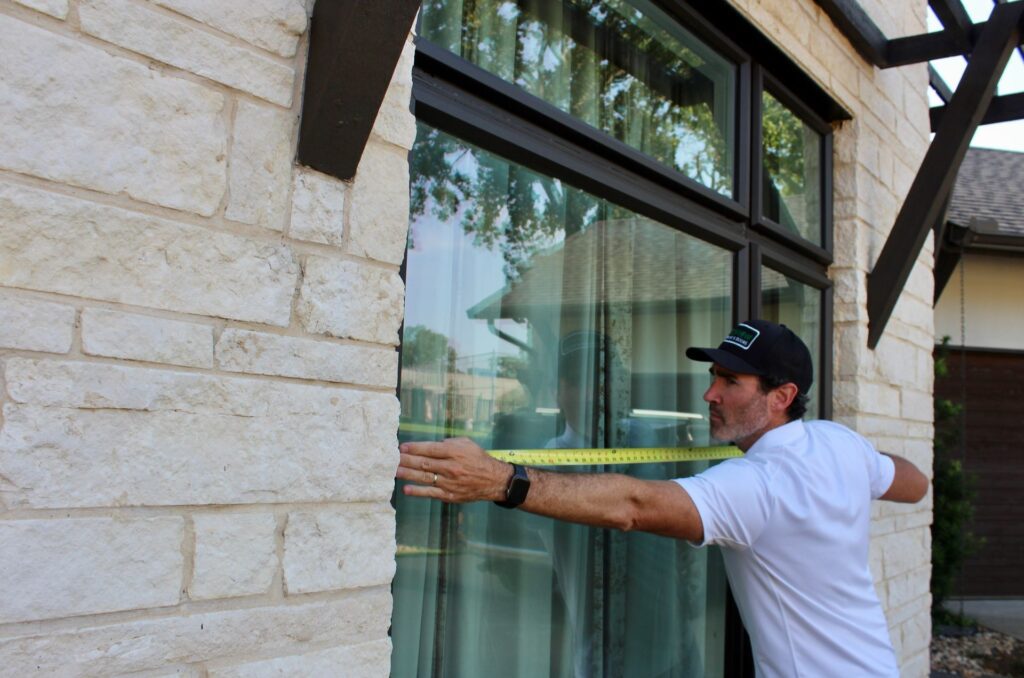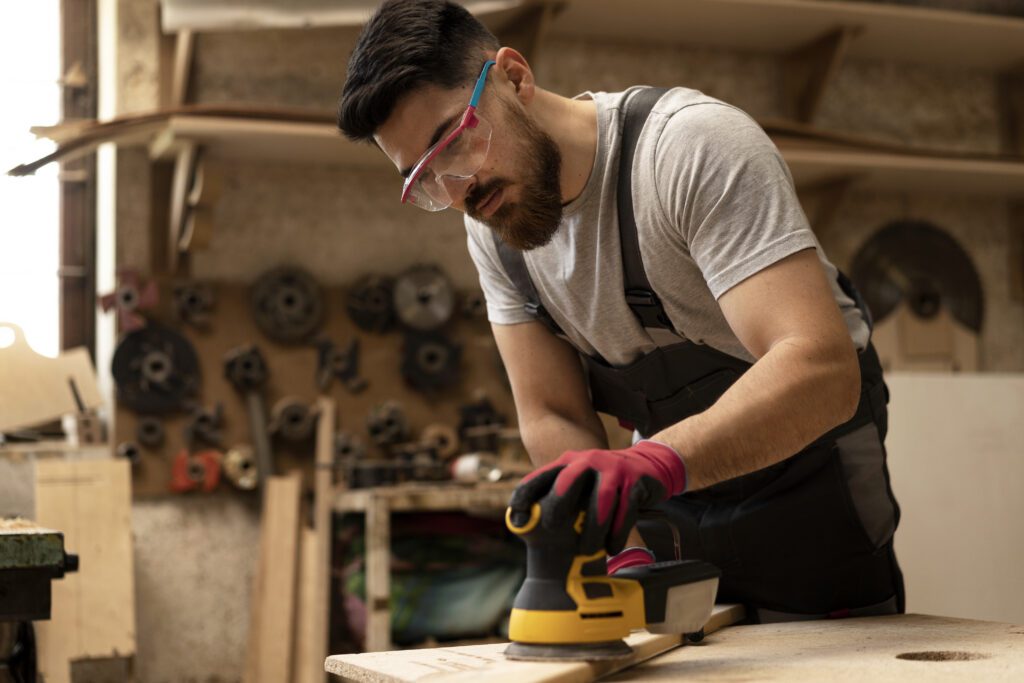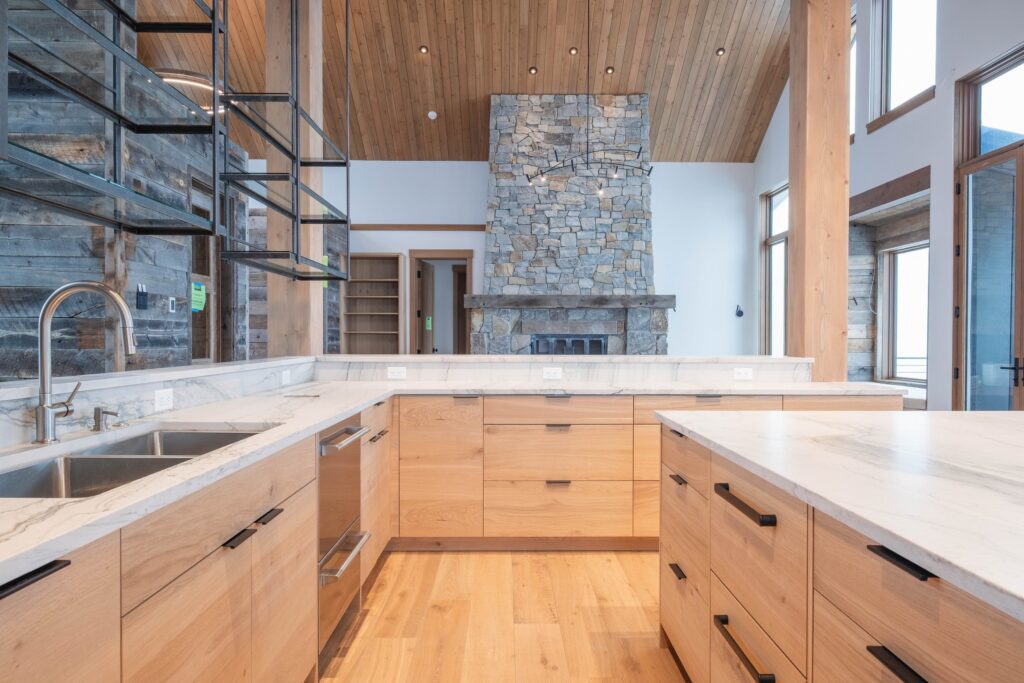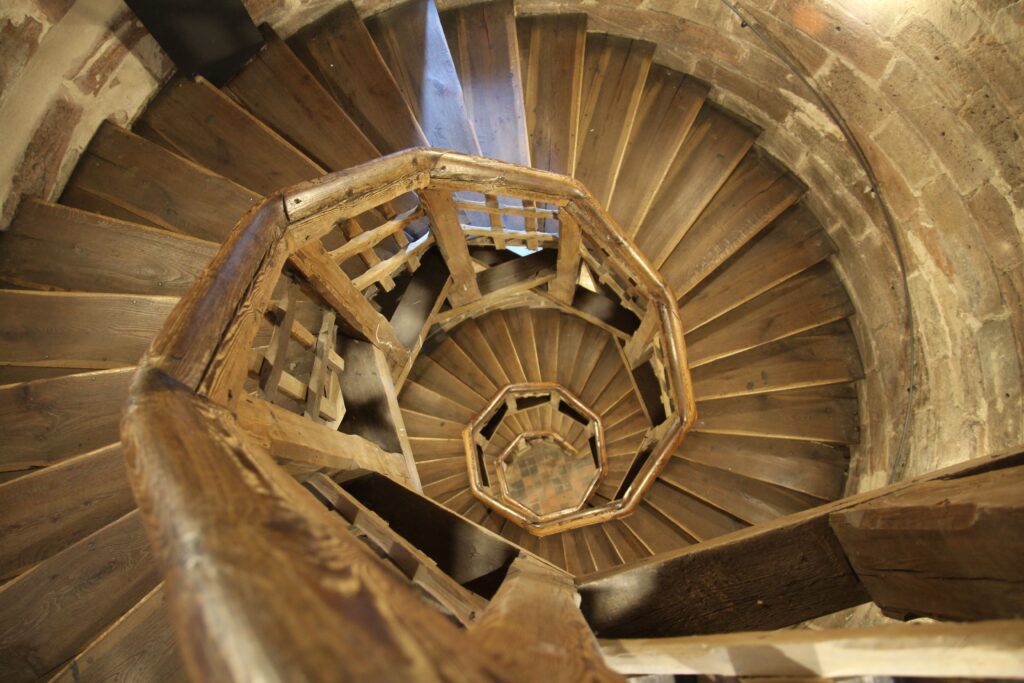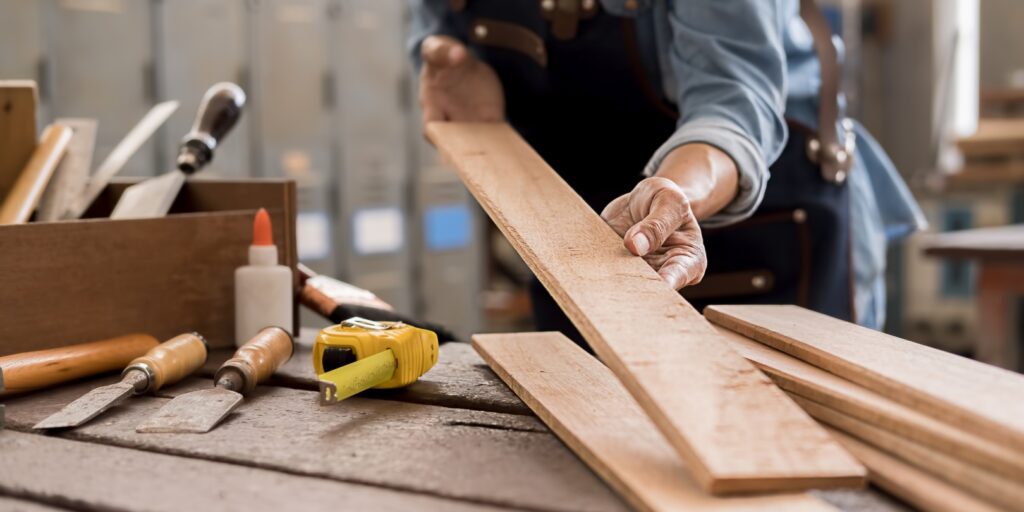The Ultimate Guide to Carpentry Joints: From Basic to Advanced Techniques
Discover the secrets of carpentry joints that master craftsmen use to create stunning, long-lasting woodwork that stands the test of time. Understanding Basic Carpentry Joints In the world of woodworking, mastering basic carpentry joints forms the foundation of exceptional craftsmanship. According to recent industry surveys, over 80% of professional carpenters emphasise that understanding fundamental joints is crucial for creating durable and aesthetically pleasing wooden structures. These essential connections not only determine the strength and longevity of your woodwork but also contribute significantly to its visual appeal. Butt Joints: The Foundation of Woodworking The butt joint represents the most fundamental of all woodworking connections, where two pieces of timber are simply joined end-to-end or at right angles. While inherently simple, these joints require proper reinforcement to achieve optimal strength. Modern woodworking techniques have shown that properly reinforced butt joints can retain up to 70% of the wood’s original strength. Common reinforcement methods include: Wood glue combined with screws for maximum holding power Dowels for hidden strength and alignment Metal brackets for heavy-duty applications Biscuit joints for improved alignment and strength Miter Joints: Creating Clean Corners Miter joints, cut at precise 45-degree angles, create seamless corners that elevate the visual appeal of any woodworking project. These joints are particularly popular in picture framing, cabinet making, and decorative trim work. To ensure lasting durability, professional carpenters recommend: Using a quality miter saw or miter box for accurate cuts Reinforcing with splines or biscuits for added strength Applying even pressure during glue-up Considering wood grain direction for optimal strength Lap Joints: Maximum Strength Through Overlap Lap joints excel in providing superior strength through increased gluing surface area. The half-lap joint, particularly popular in frame construction, offers up to 50% more structural integrity compared to basic butt joints. These versatile joints find applications in furniture making, timber framing, and decorative woodwork. Intermediate Joinery Techniques As woodworking skills advance, intermediate joinery techniques open up new possibilities for creating more complex and sophisticated projects. Recent studies indicate that projects incorporating intermediate joints show a 40% increase in durability compared to those using only basic joints. Tongue and Groove: Perfect for Flooring and Panels Tongue and groove joints create seamless connections ideal for flooring, wall panelling, and cabinet backs. This joint type provides excellent stability while allowing for natural wood movement. Essential considerations include: Maintaining consistent groove depth for proper fit Accounting for seasonal wood movement Using appropriate tools like router tables or specialised planes Ensuring proper moisture content before installation Mortise and Tenon: Traditional Framework Solutions The mortise and tenon joint stands as one of woodworking’s most enduring connections, dating back thousands of years. Modern testing confirms that properly executed mortise and tenon joints retain up to 80% of the wood’s original strength. This joint excels in frame construction, door making, and furniture assembly. Dowel and Biscuit Joints: Hidden Strength These modern joinery solutions offer strength without visible fasteners. Dowel joints provide excellent alignment and reinforcement, while biscuit joints excel in panel glue-ups and case construction. Key success factors include precise marking, proper tool setup, and appropriate sizing. Advanced Joinery Mastery Advanced joinery represents the pinnacle of woodworking craftsmanship, where precision and attention to detail create joints that are both structurally superior and visually striking. Master carpenters spend an average of 5-7 years perfecting these techniques, resulting in work that can last generations. Dado and Rabbet Joints: Precision Casework Dados: Cross-grain channels for shelving and dividers Rabbets: Edge or end grain grooves for backs and panels Combination joints for maximum strength and versatility Proper depth calculations for optimal strength Finger Joints: Decorative Strength Finger joints combine aesthetic appeal with structural integrity, making them ideal for box corners and decorative elements. These joints require precise setup and execution but reward craftsmen with both strength and beauty. Specialty Joints: Bridle and Tambour These sophisticated joints serve specific applications, from traditional timber framing to modern furniture design. Bridle joints offer strength similar to mortise and tenon while being easier to cut, while tambour joints create flexible surfaces for roll-top desks and cabinet doors. Practical Applications and Tips Successful joinery requires not only technical knowledge but also practical understanding of wood properties, tool capabilities, and project requirements. Research shows that proper joint selection can increase project longevity by up to 60%. Choosing the Right Joint for Your Project Consider structural requirements and load-bearing needs Evaluate aesthetic impact and visibility Account for wood movement and environmental factors Balance complexity with practical constraints Essential Tools and Equipment Quality tools are fundamental to successful joinery. Investment in proper equipment yields more accurate cuts, tighter fits, and better overall results. Essential items include: Precision measuring and marking tools Quality saws and chisels Router with various bits Specialized jigs and templates Professional Tips for Perfect Joints Drawing from decades of experience, professional carpenters emphasize several key aspects of successful joinery: Common Mistakes and How to Avoid Them Always measure twice and cut once Test joints on scrap material first Maintain sharp tools for clean cuts Account for wood movement in design Finishing Touches and Reinforcement Proper finishing and reinforcement ensure joints maintain their strength and appearance over time. Consider wood type, grain direction, and environmental conditions when selecting finishing methods and products. Conclusion: Bringing It All Together Mastering carpentry joints requires dedication, practice, and attention to detail. Whether you’re crafting fine furniture or building structural elements, understanding and properly executing these essential joints will elevate your woodworking projects to professional standards. Remember that each joint type has its specific applications and advantages, and success lies in choosing the right joint for each unique situation. Sources [1] https://jcmcontracts.co.uk/types-of-woodworking-joints/ [2] https://www.youtube.com/watch?v=pWohJHPdD8o [3] https://learn.kregtool.com/learn/joining-wood/

